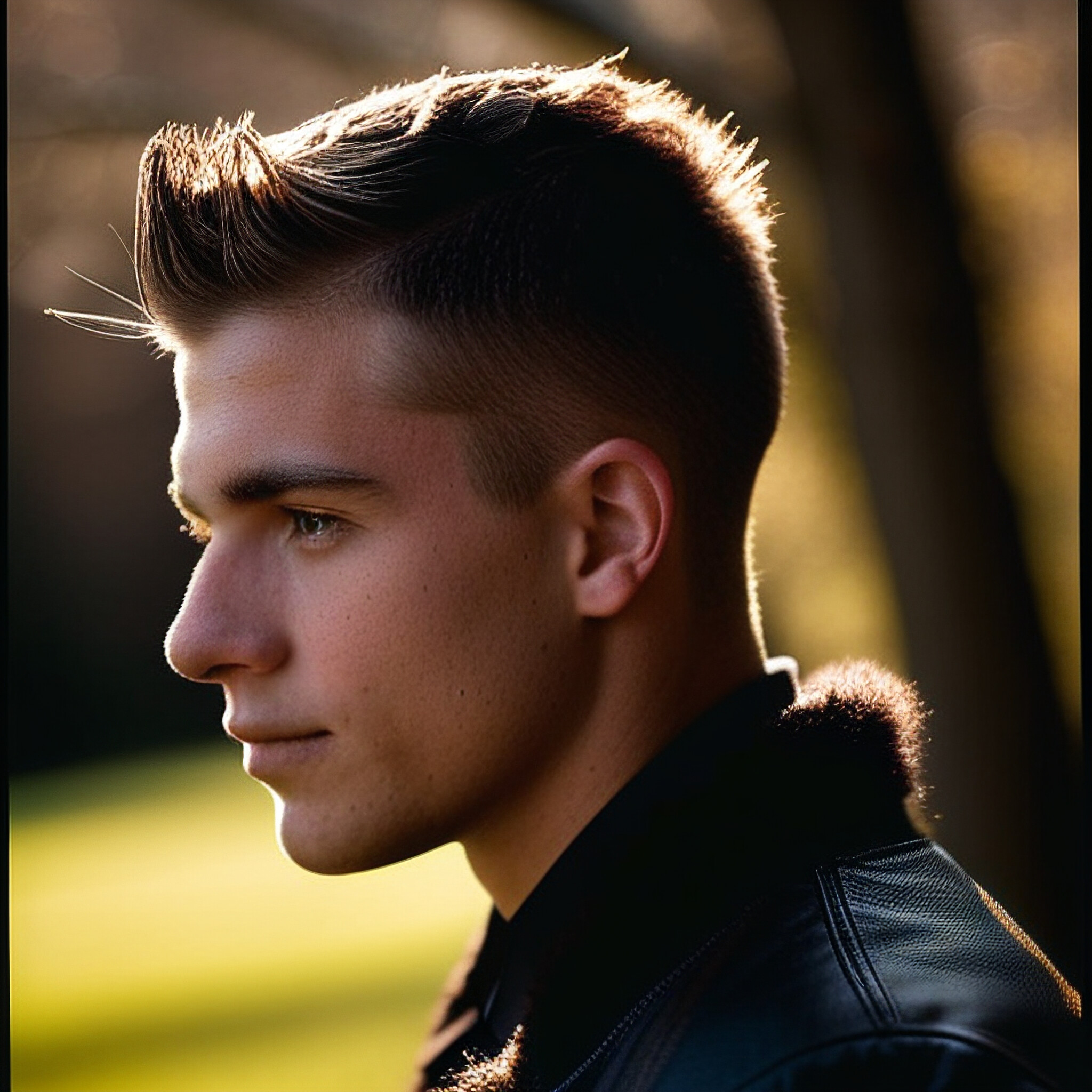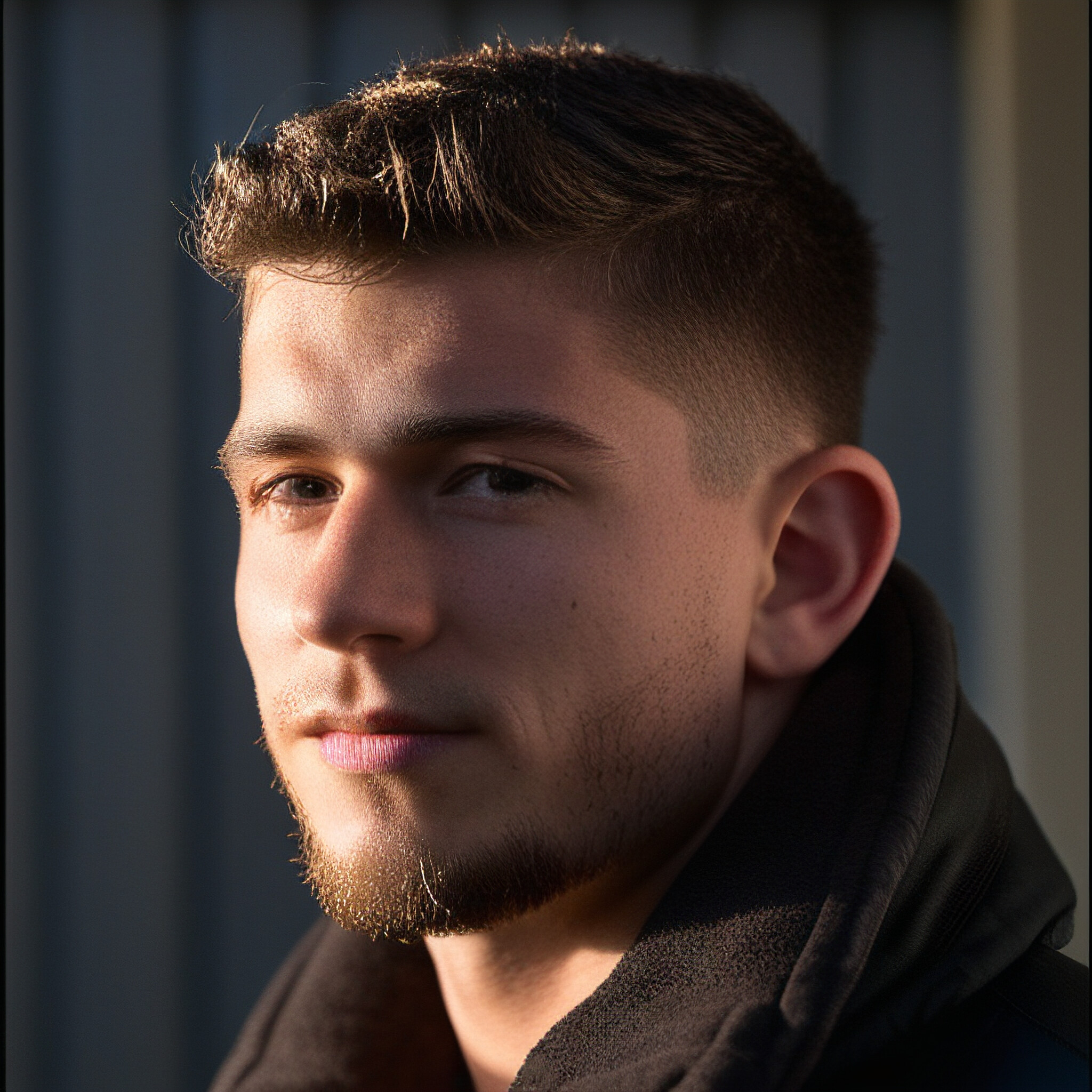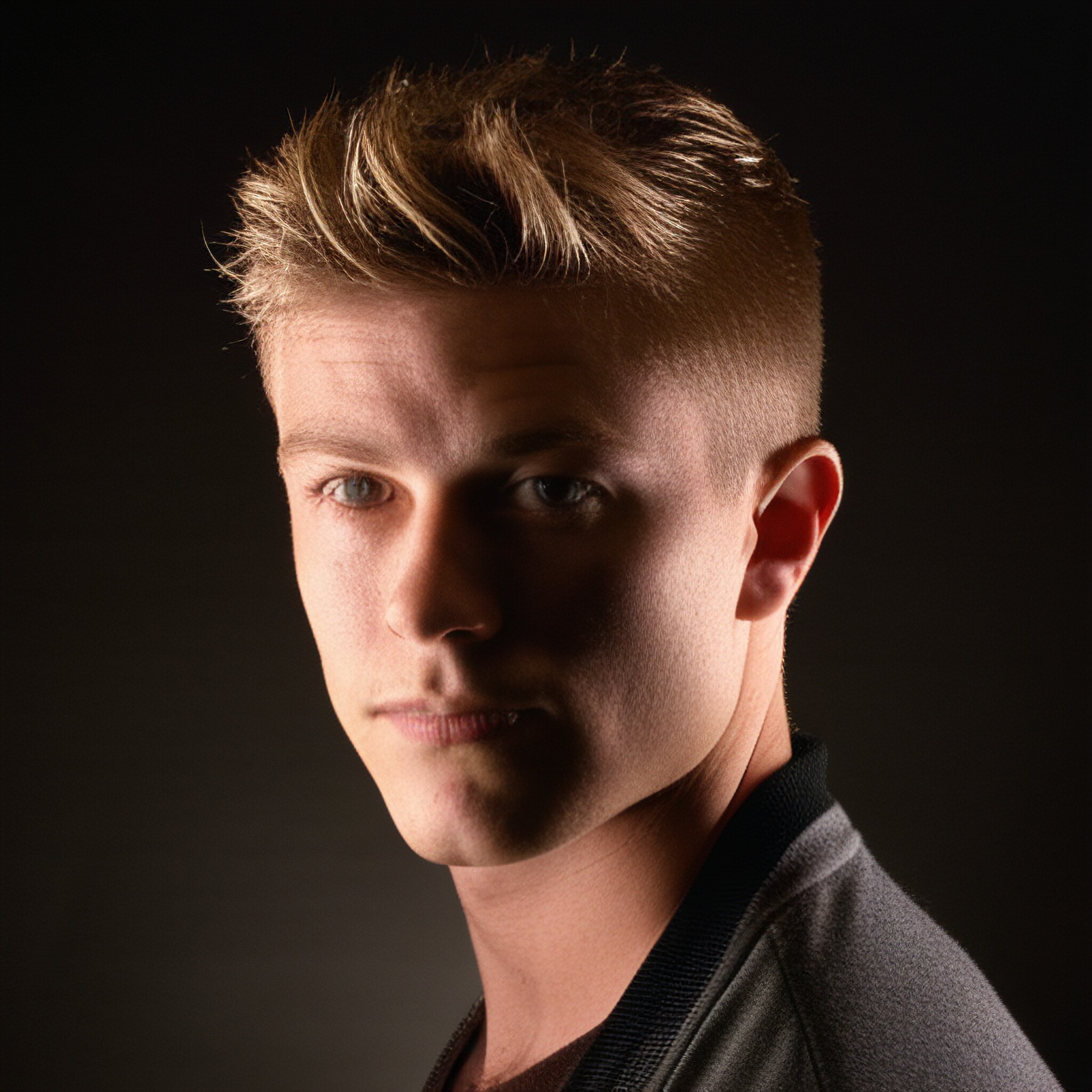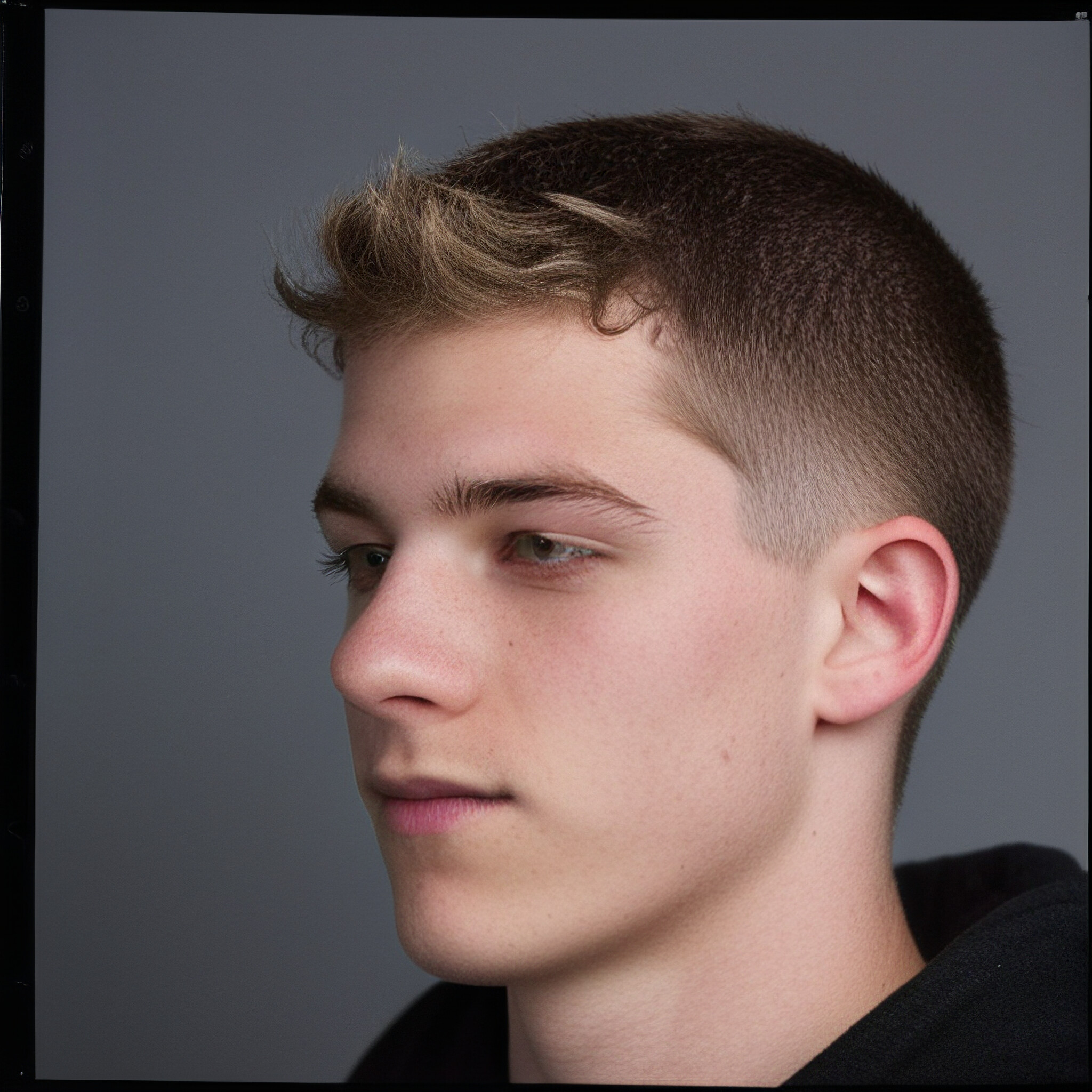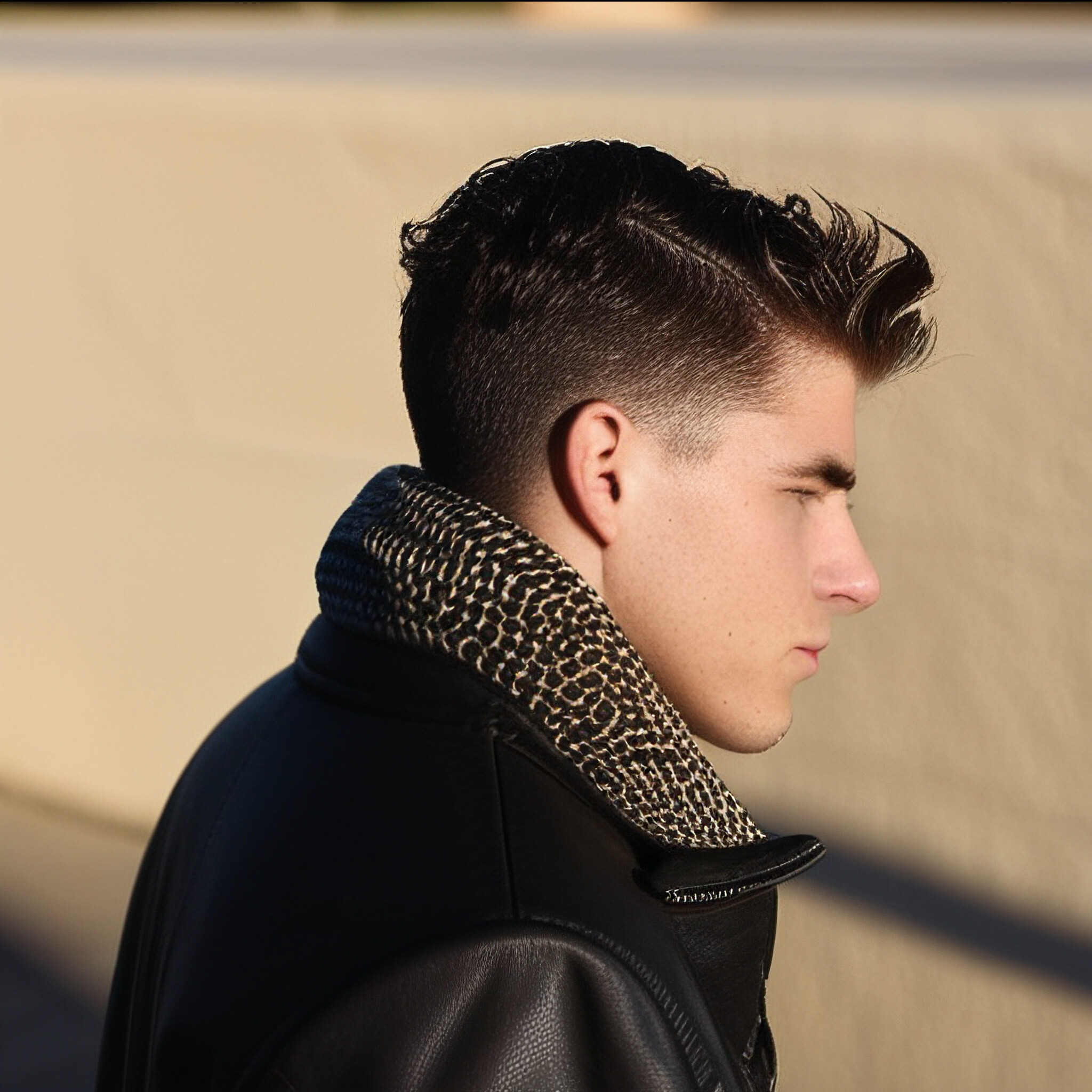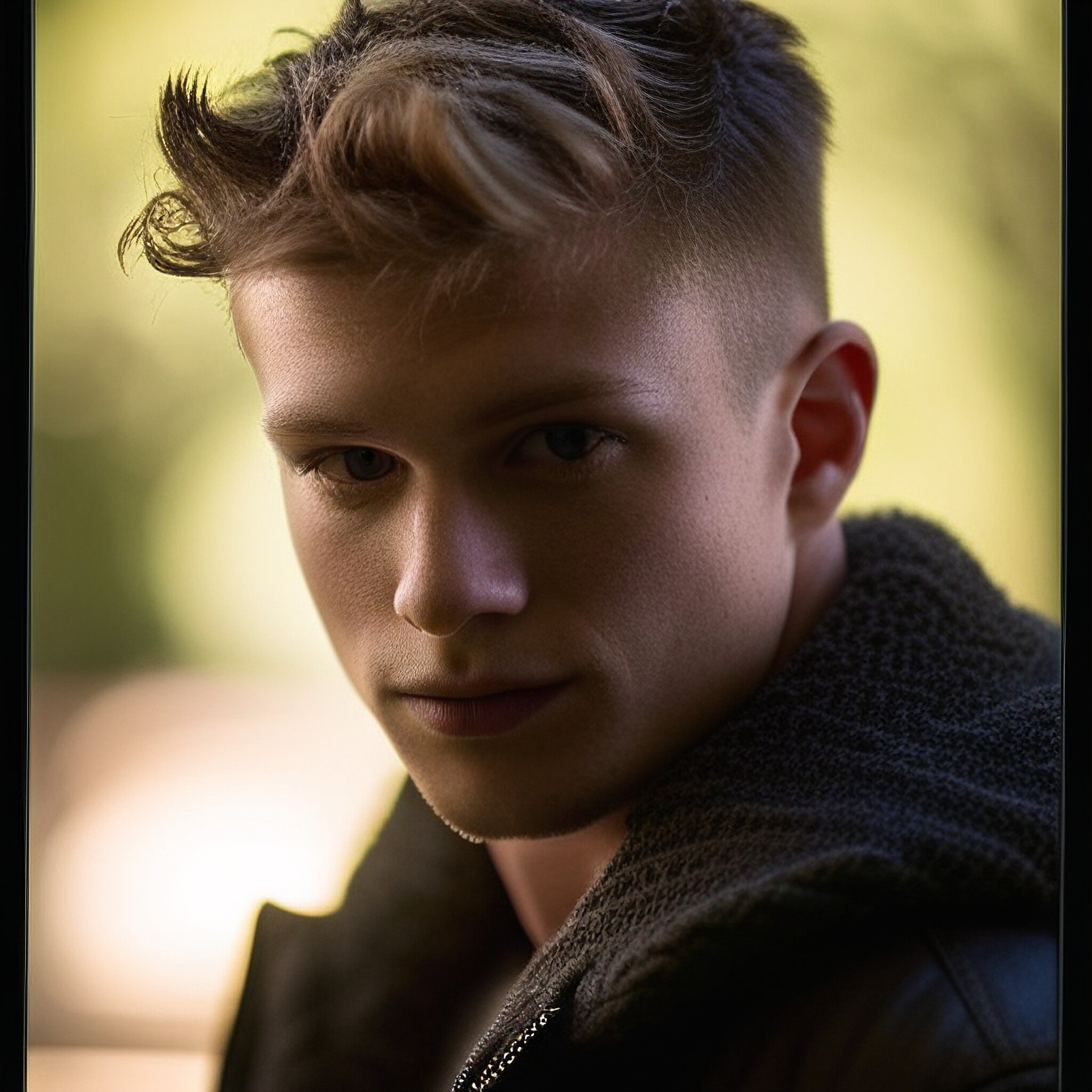When it comes to choosing a haircut, the right style can enhance your features and complement your overall look. One of the most popular choices in men’s hairstyles is the fade, which comes in various heights, with high fades and low fades being two of the most sought-after options. Understanding how your face shape interacts with these styles can help you make an informed decision that flatters your unique features. In this article, we'll explore the characteristics of high and low fades and how to choose the best option based on your face shape.
Understanding High and Low Fades
Before diving into how face shape influences your choice, let's clarify what high and low fades entail:
High Fade: This style starts fading higher up on the head, typically above the temples. The hair on the sides and back is cut much shorter, creating a more dramatic contrast with the longer hair on top. High fades are bold and trendy, making them a popular choice among younger audiences and those who enjoy a statement haircut.
Low Fade: The low fade begins just above the ears and gradually decreases in length down to the neckline. This style offers a softer, more subtle look compared to the high fade. It can be versatile and is often favored for its classic appeal, making it suitable for both professional and casual settings.
How Face Shape Influences Your Fade Choice
Round Face Shape
Recommended Style: High Fade
Why?: A high fade can add height and angularity to a round face, balancing out its softer features. By drawing the eye upward, a high fade creates the illusion of a longer face, which can help counteract roundness.
Square Face Shape
Recommended Style: Low Fade
Why?: A low fade can soften the strong jawline and angular features typical of a square face. The gradual fade creates a more rounded silhouette, providing a nice contrast to the face's natural angles. Pairing it with some texture on top can further enhance this look.
Oval Face Shape
Recommended Style: Both High Fade and Low Fade
Why?: An oval face shape is highly versatile and can pull off both fades with ease. A high fade can add definition and height, while a low fade maintains a balanced appearance. Experimenting with different styles on top—whether textured or slicked back—can create unique looks.
Rectangular (Oblong) Face Shape
Recommended Style: Low Fade
Why?: For those with a longer face, a low fade is often more flattering. It helps to create a balanced look without drawing too much attention to the length of the face. Keeping some volume on top can also help shorten the appearance of the face.
Heart Face Shape
Recommended Style: High Fade
Why?: A high fade can help balance the wider forehead that characterizes heart-shaped faces, drawing attention downward and adding symmetry. This style can also enhance cheekbones, giving a refined appearance.
Diamond Face Shape
Recommended Style: Both High Fade and Low Fade
Why?: With prominent cheekbones and a narrow forehead and chin, diamond face shapes can rock both fades. A high fade can add height and structure, while a low fade offers a more relaxed, stylish look. Consider styling the top to add width and balance out your features.
Tips for Choosing Your Fade
Consult Your Barber: Discuss your face shape with your barber. They can provide insights and recommend the best fade style based on your facial features and hair type.
Consider Your Hair Type: Different hair types can affect how a fade looks. For instance, thick hair may look great with a high fade, while fine hair might suit a low fade better, as it can create the illusion of volume.
Explore Styles on Top: Your choice of hairstyle on top can also influence which fade works best. Experiment with different lengths and textures to find what complements your fade and face shape.
Lifestyle Matters: Consider your daily routine. High fades may require more frequent maintenance to keep them looking sharp, while low fades can be more forgiving and versatile for various settings.
Conclusion
Choosing between a high fade and a low fade is more than just a matter of personal preference; understanding your face shape can significantly influence which style will enhance your features. High fades can add height and definition, while low fades offer a softer, more classic look. By considering your face shape, hair type, and lifestyle, you can confidently select a fade that complements your overall appearance and expresses your unique style. Remember, the best haircut is one that makes you feel confident and comfortable, so don’t hesitate to experiment until you find your perfect match!

